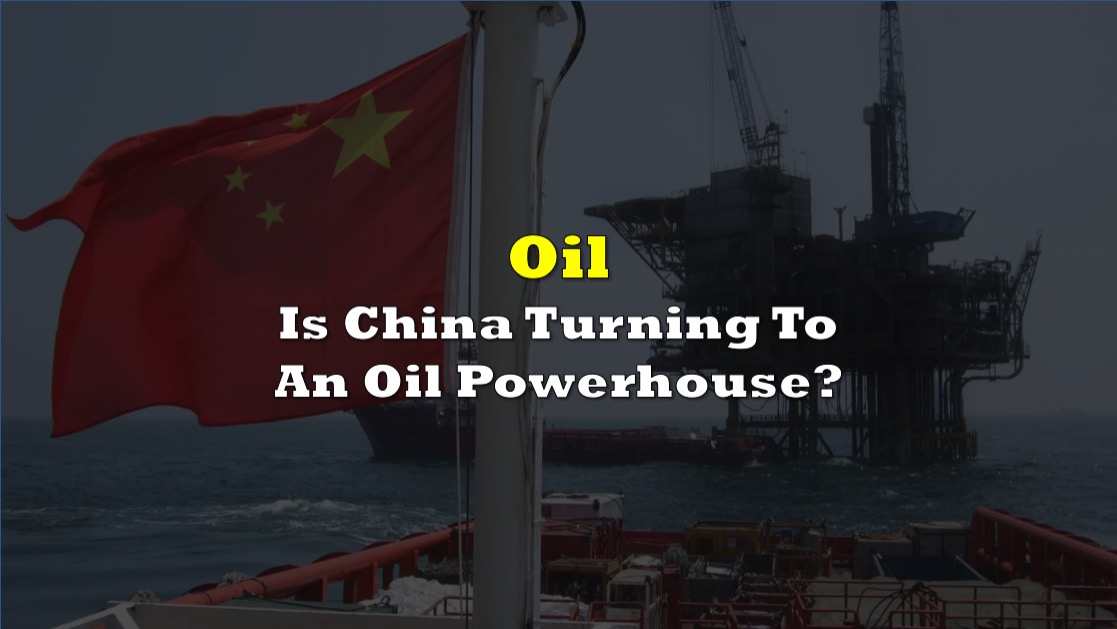China, long known for its voracious oil consumption and burgeoning electric vehicle market, is reclaiming attention as a major oil producer with a recent surge in domestic output. This resurgence comes after years of decline and poses significant implications for global oil dynamics.
Keep an eye on Chinese oil output — yes, output.
— Javier Blas (@JavierBlas) April 16, 2024
Chinese oil production in March came at a ~4.35m b/d, just below the all-time high set in June 2015. And a fresh record high is likely later this year.
I wrote this @Opinion column last year about it. https://t.co/kDf38bSeTt
Through substantial investments via its state-owned energy giants—China National Petroleum Corp. (CNPC), China Petroleum & Chemical Corp. (Sinopec), and Cnooc Ltd.—Beijing has successfully reversed the downward trend in domestic oil production that began in 2015. This year, Chinese petroleum output has soared to nearly all-time highs, reaching approximately 4.3 million barrels per day.
The uptick in Chinese oil production is not only easing the country’s reliance on imported crude but also complicating efforts by traditional oil powerhouses like Saudi Arabia and its OPEC+ allies to control the market. Additionally, OPEC+ faces challenges from some of its own members, including Russia, Iran, and Venezuela, which are exceeding expected production levels despite facing Western sanctions.
From its lowest point in 2018 to the peak in 2023, China has added over 600,000 barrels per day of additional production—surpassing the daily output of some OPEC+ nations. Currently, China ranks as the world’s fifth-largest oil producer, trailing only behind the US, Saudi Arabia, Russia, and Canada, and surpassing Iraq.

In March, China’s exports of clean oil products surged to a 14-month high of 4.55 million metric tons, a 58% increase from the previous month and a 36.9% rise from the same period last year. This boost followed the return of most market participants from the Lunar New Year holidays.
Overall, in the first quarter of the year, China exported a total of 10.16 million metric tons of gasoline, gasoil, and jet fuel, marking a 21.2% decrease compared to the same period last year, according to data from the General Administration of Customs (GAC). This leaves approximately 8.84 million metric tons of clean product export quotas remaining until the next allocation round, following the allocation of 19 million metric tons in January.
State-owned quota holders have reportedly applied for new export quotas, expected to be allocated in late April or early May. It’s anticipated that these quotas could amount to as much as 18 million metric tons. However, despite the increase in quotas, experts believe that the total quota for 2024 will likely remain unchanged from 2023, at around 40 million metric tons. Nonetheless, there’s a possibility that the government might allocate all quotas earlier than last year to provide oil firms with greater flexibility in their export plans.
This production revival underscores China’s prioritization of energy security, exemplified by the implementation of the “Seven-Year Exploration and Production Increase Action Plans” in 2019. These measures were initiated in response to a significant decline in Chinese oil output during the latter half of the previous decade, driven by various factors including natural field depletion, overseas investment priorities, and reduced exploration spending following the 2014 oil price crash.
China’s dependence on foreign oil has been steadily increasing since it became a net oil importer in 1994. While imported crude accounted for around 50% of China’s oil consumption in 2008, domestic output struggles coupled with rising demand have elevated this figure. By 2019, local production only covered 27% of total petroleum consumption, a trend that persists despite increasing demand following adjustments to COVID policies.

To sustain and boost domestic output, China is employing various strategies, including prolonging the lifespan of aging oilfields, tapping into shale deposits, and exploring unconventional routes such as coal-to-liquid conversion and biofuel expansion. However, the long-term feasibility of these efforts remains uncertain, with projections suggesting a decline in Chinese oil production from 2024 onward.
Nevertheless, recent geopolitical tensions, particularly between Russia and the West, have reinforced Beijing’s commitment to bolstering domestic energy production for economic and strategic reasons. This renewed focus may have ripple effects on OPEC+ dynamics, further shaping the global oil landscape in the coming years.
Information for this briefing was found via Bloomberg, Hellenic Shipping News, and the sources mentioned. The author has no securities or affiliations related to this organization. Not a recommendation to buy or sell. Always do additional research and consult a professional before purchasing a security. The author holds no licenses.









